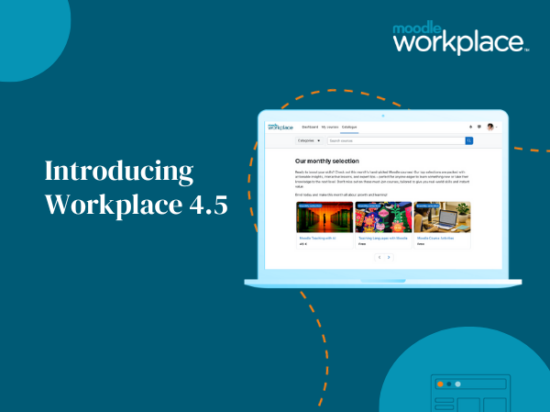In our outsourced world, one of the most difficult tasks to automate is the onboarding process.
There isn’t one successful way to accomplish onboarding. Larger companies often employ a combination of online self-study and guided problem solving with a follow-up mentoring system.
This particularly holds true when dealing with a complicated product or process that requires finely tuned training.

One successful project management SaaS software company employs this sequential multi-faceted onboarding approach in a finely designed system that involves working with their product in a variety of ways.
The entire process is based on real prospect questions sourced from sales staff and help center questions communicated over internal social media channels and turned into scenario based assessment questions.
The onboarding process for this particular company requires trainees to complete a series of tasks on their own, followed by online assignments, the results of which are available to their mentors for further one-on-one discussions. Each training section may also involve You Tube videos to illustrate good and bad practices, and even TED talks.
There are also multiple scenario-based sales calls to determine if the candidates are confident in answering prospect questions to promote the basics of solutions-based selling.
Training also involves one-on-one Skype sessions, follow-ups, and end of section, timed tests with a minimal passing score.
At the end of this process, successful onboarding candidates feel confident about their abilities to represent the program or product.
Here are some tips to keep in mind when designing your onboarding process:
- Use branching scenarios to reinforce soft skills like guiding the prospect through a series of questions to reveal their “pain points” or problems sales people are trying to solve. This can be a daunting experience when product familiarity is at the starting gate or compliance familiarity is your goal.
- Use self-assessments during the onboarding process. This gives your trainees an immediate sense of where there are knowledge gaps so they can be addressed quickly.
- Use video demonstrations if they make sense. A company wanting to drive home its selling sequence had one video showing a face-to-face meeting where the rep did well, and one where the rep did exceptionally poorly.
- Present the company policy materials in an easy-to-access format for refreshers
The basic idea here is that the more efficient and well thought out onboarding process, the faster you will bring your new recruits up to speed.
My Learning Space is happy to talk to you about how you can implement an efficient onboarding process using our learning management systems.







